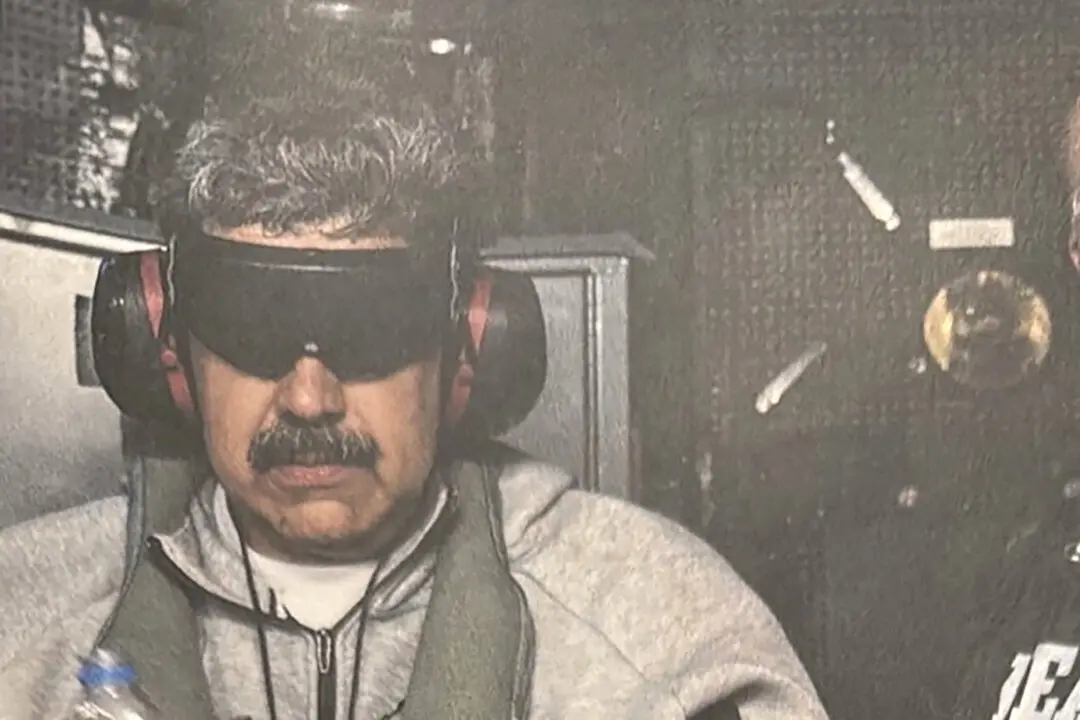The realization that greenhouse gases may be responsible for our warming earth is a fairly modern concern. It was just over 35 years ago during the first UN World Climate Conference that the idea first widely entered the public consciousness.
Since then it has been a rollercoaster of heightened public concern, followed by failures of collective action. It has been a history of adjustments in fits and starts, huge research projects, controversial experiments, and change on a scale so massive, and at a speed so fast, that sometimes unintended consequences have been unavoidable.
In the wake of the financial crisis, President Barack Obama, who campaigned on climate change action, made U.S. history when he directed an estimated $90 billion toward clean energy investments. The long-term subsidies fueled massive wind energy development in the United States, and the industry has since billowed in size and scope.
At the same time, Obama issued a flurry of administrative actions that accelerated renewable energy initiatives, notably an important 2009 executive order that called on each federal agency to set goals to reduce their greenhouse gas emissions by 2020.
For the U.S. Fish and Wildlife Service in particular, the president’s order presented a troubling dilemma: an obligation to support the growth of the wind energy companies and issue them permits, while at the same time protecting our national bird from harm.





